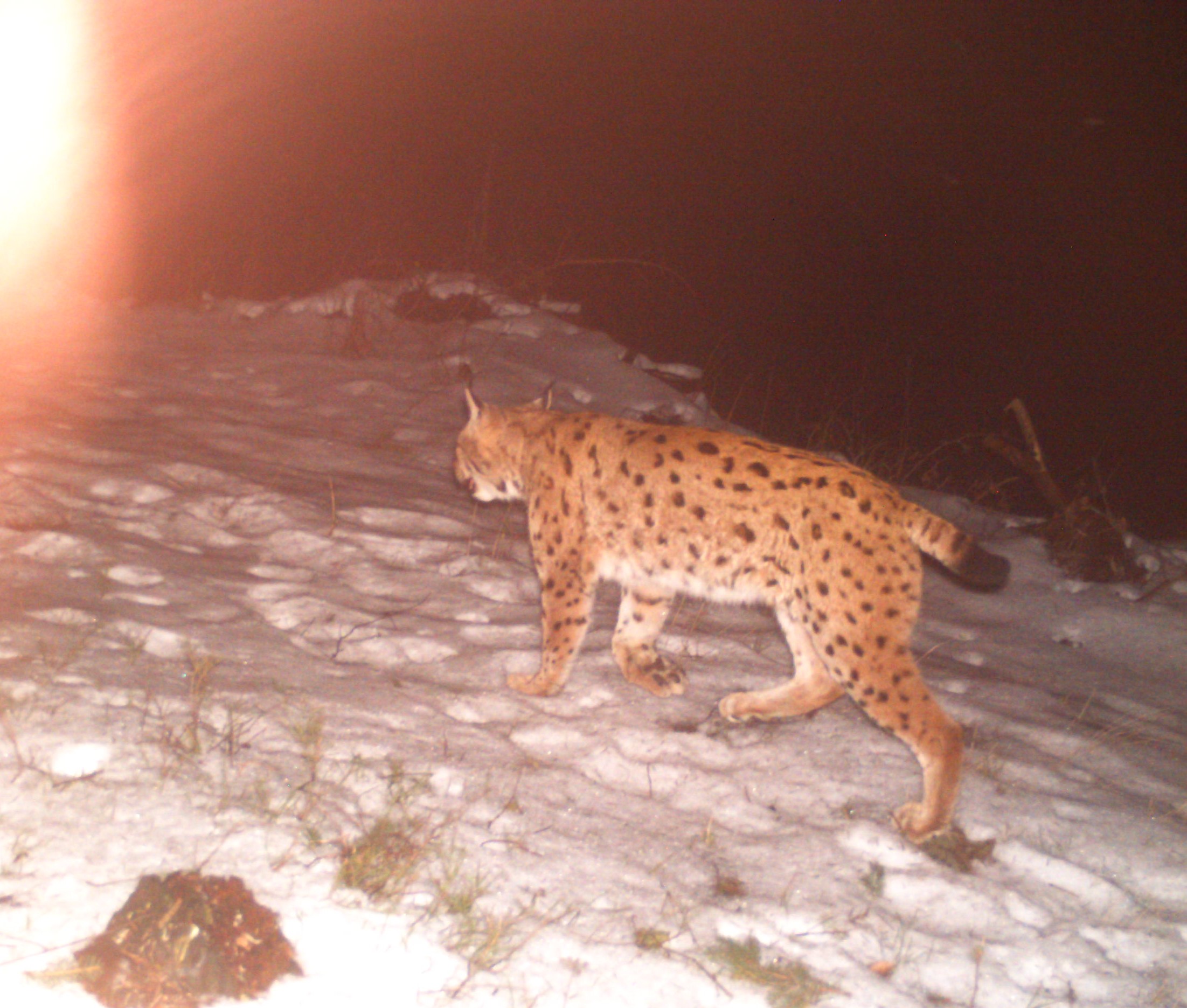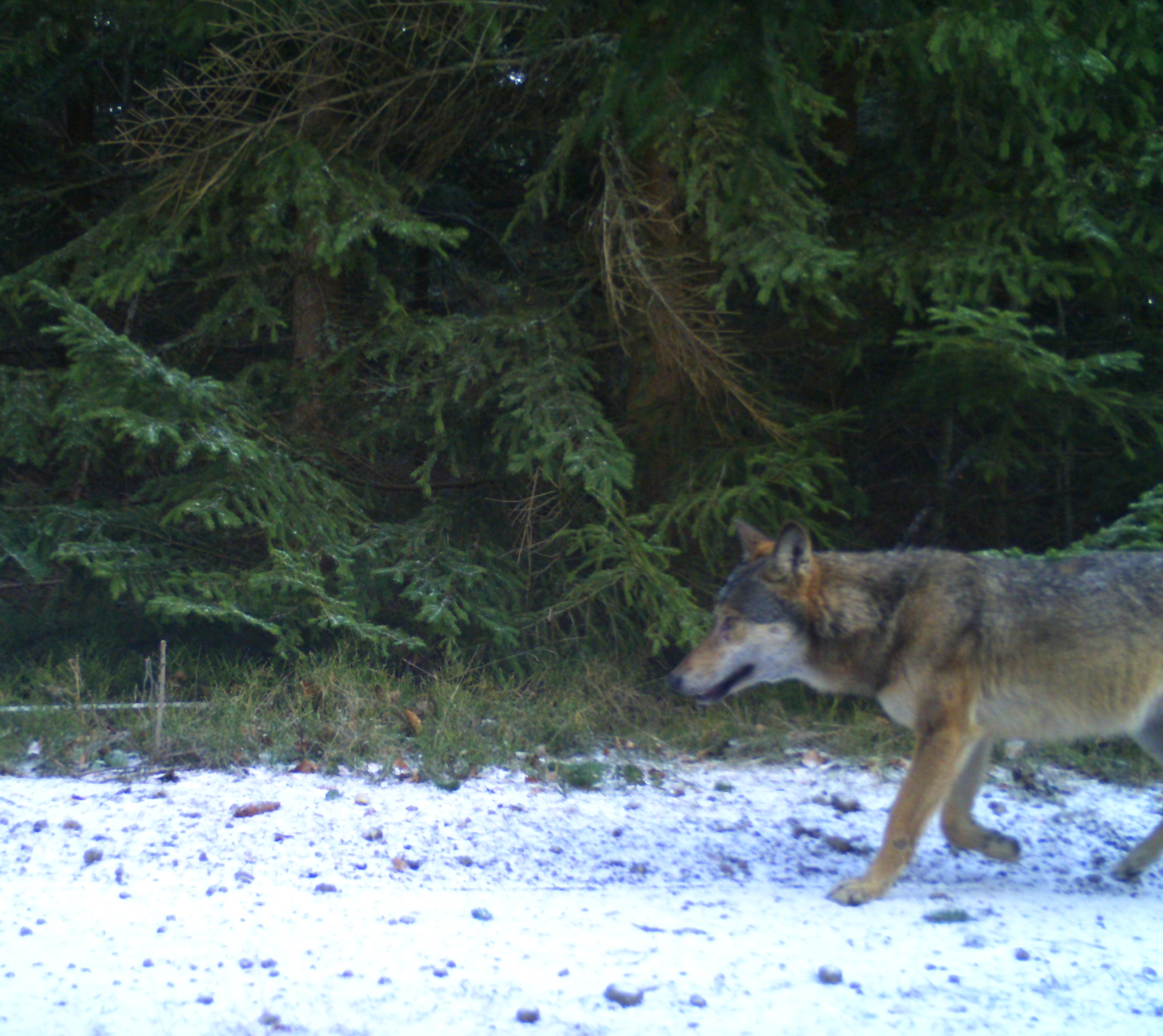ConnectGREEN - Hidden cameras in the Czech Republic capture rare visitors on film
18-01-2021
At the end of September 2020, ConnectGREEN team members working for the Silva Tarouca Research Institute for Landscape and Ornamental Gardening (VUKOZ) in the Czech Republic finished collecting the camera footage from its camera traps in the Western Carpathians, finding some remarkable material.
One-and-a-half years ago, VUKOZ mounted hidden cameras at 20 different locations in the Czech Western Carpathians (Moravskoslezské and Vsetínské Beskydy, Javorníky, Vizovické vrchy, Bílé Karpaty). These are special motion-capture cameras, which automatically take pictures when something or someone passes through their frame.

Image 1: Camera trap photo of a Eurasion lynx © VUKOZ
Over a 17-month period, the cameras recorded more than 10.000 passes. Unsurprisingly, the majority of these (75,8 %) were recordings of human activity. However, other beings also put in appearances. If we only take animal visits into account, the most common species captured on film were red deer (32,9 % of all animal visitors), followed by roe deer (19,2 %), red fox (16,5 %), wild boar (8,4 %), European hare (4,3 %), wolf (4 %), Eurasian lynx (3,6 %) and European badger (3,3 %).
A few photos also show brown bear, European pine marten, beech marten, fallow deer, mouflon, sheep, dog, and cat. In addition, the cameras also captured some small mammalian or avian species; the number of their sightings isn't representative, however, as the camera traps used are not a suitable monitoring method for these species.

Image 2: Camera trap photo of a wolf © VUKOZ
As the camera traps were placed along forest roads and hiking trails, the ConnectGREEN team naturally expected a higher number of recorded human activities. Nevertheless, 75% exceeded our expectations. This is further strong evidence that, not only migration corridors, but also core areas in the habitats of large mammals in the Carpathians are under pressure due to increased human activity. Among the last strongholds for European wildlife, they need to be protected.
